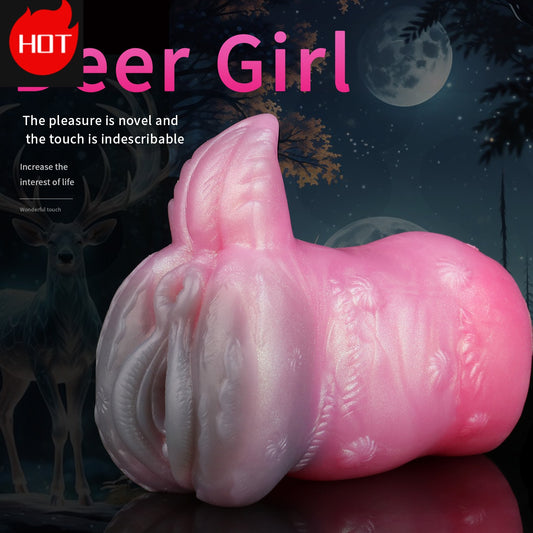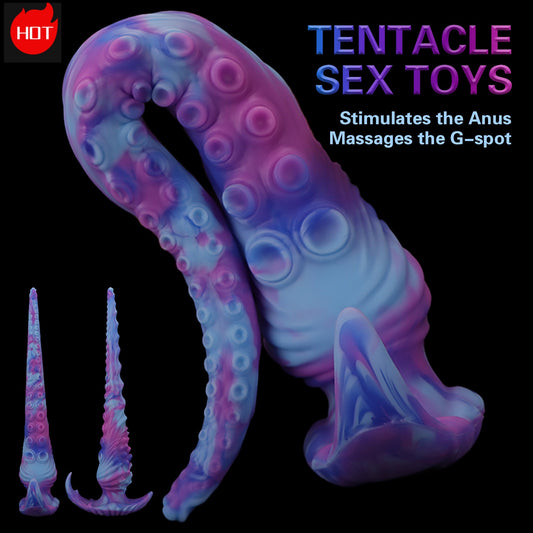
The Rediscovery of Krause Corpuscles
In the world of human anatomy, discoveries often lead to revolutionary insights into our physiology. A recent breakthrough has uncovered a secret over 160 years in the making, shedding light on the mechanisms behind sexual arousal in both the clitoris and penis. This revelation centers on the Krause corpuscles, a nerve ending cluster first identified in 1860 by German anatomist Wilhelm Krause.
Despite their early discovery, the Krause corpuscles remained shrouded in mystery for decades. Their physiological properties and functions were unclear, leading them to fade into obscurity. However, in a groundbreaking study published on June 19th in the journal Nature, researchers from Harvard Medical School, including David Ginty and Lijun Qi, have demystified the role these corpuscles play in sexual behavior.
The Secret Behind Erection
The study reveals that Krause corpuscles are crucial for sexual function in animals. These specialized nerve endings respond to low-frequency vibrations, triggering erection and enabling copulation. Genetically modified mice lacking these corpuscles were unable to engage in mating behaviors, underscoring their significance.
Through various mechanical and electrical stimuli, scientists demonstrated that the corpuscles in both male and female mice react to vibrations in the 40-80 Hz range. Interestingly, this is the same frequency range used in many modern sex toys, which were intuitively designed to maximize pleasure long before the underlying science was understood.

Advancements in Molecular Science
This scientific leap forward is largely thanks to advances in molecular biology. David Ginty and his team have long been fascinated by the enigmatic nature of these nerve clusters, but it wasn’t until about 20 years ago, with the advent of more sophisticated molecular techniques, that significant progress became possible. This highlights the interconnected nature of scientific advancements: breakthroughs in one field often propel discoveries in another.
The Anatomy of Pleasure
The study also found that both male and female mice have roughly the same number of Krause corpuscles in their genitalia. However, the smaller size of the female clitoris results in a much higher concentration of these corpuscles compared to the larger male penis—about fifteen times higher.
This concentration difference likely explains the clitoris's heightened sensitivity, as each corpuscle acts as a sensitive vibration detector. When stimulated, these corpuscles quickly trigger sexual arousal and erection.
Autonomous Sexual Reflexes
Another fascinating aspect of the research is the connection of Krause corpuscles to specific sensory regions in the spinal cord. Even when the spinal cord is severed from the brain, stimulating these regions still leads to genital erection and contraction, indicating that sexual reflexes can occur autonomously without brain involvement. This finding, noted by Yale neuroscientist Elena Gracheva, opens new avenues for understanding genital sensitivity and may reshape how scientists approach the study of sexual behavior.
Implications for Sexual Health
Alexander Chesler, a sensory biologist at the Maryland Comprehensive Health Center, emphasizes the broader implications of this research. Sexual function is a fundamental aspect of biology and a primary driver of behavior and evolution. Understanding how to purposefully activate these functions could have significant therapeutic potential. For instance, it could aid in restoring sexual function in individuals with spinal cord injuries, treat erectile dysfunction, and alleviate conditions like vaginal pain.
Future Directions
David Ginty and his colleagues continue to explore other facets of Krause corpuscles. They aim to determine whether these nerve cells are linked to the sensation of pleasure in the brain, suggesting that sexual pleasure might be directly mediated by these corpuscles. Additionally, they are investigating how the sensitivity of these cells changes with age.
Ginty believes that each discovery brings new insights and acknowledges the vast unknowns that still exist. As scientists persist in their relentless exploration, our understanding of human physiology will deepen, enhancing our overall well-being. Indeed, sexual health is a critical component of happiness, and those who dedicate their research to advancing our knowledge in this field deserve our utmost respect.














































